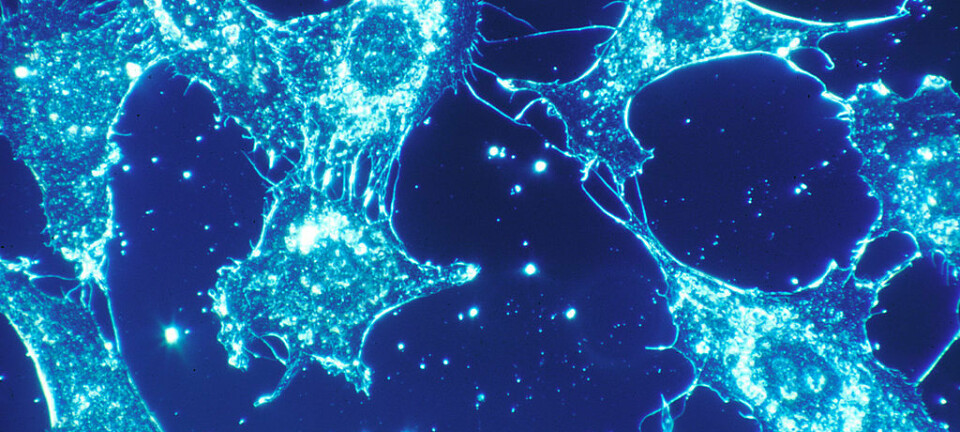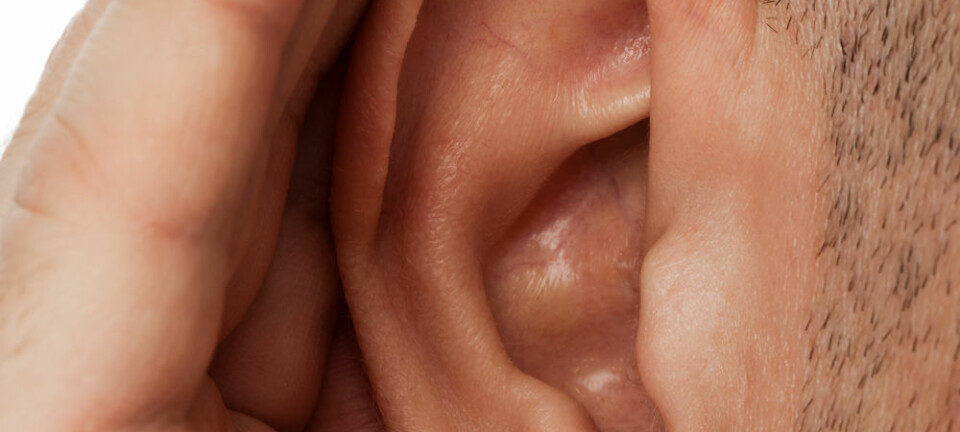
Danish scientists about to begin first ever stem cell trials on humans
Scientists from Denmark will be the first in the world to experiment with artificially grown brain cells.
The possibility of using stem cells to treat diseases was first suggested in the early 1990s.
After many years of waiting, followed by more waiting, scientists are finally ready to conduct the first ever clinical trials on humans. These experiments will involve Danish patients with multiple sclerosis (MS) who have suffered brain damage due to their illness.
University of Copenhagen and Copenhagen University Hospital have appointed a research group consisting of world leading scientists from the field of stem cell research.
Among these, the internationally renowned brain and stem cell scientist Professor Steve A. Goldman has been invited from the United States to lead the experiment.

Within the next few years the goal is to threat MS patients with white matter grown from the patient's own stem cells.
Scientists hope to begin in 2015
If the scientists succeed in helping MS patients, it will make stem cell therapy a reality.
Two years ago the scientist succeeded in inserting stem cells, which create white matter, in the brains of mice. Now it is the time to try with humans. “We hope to begin the first trial as early as 2015,” says Goldman. “The hope is to repair brain damage that the disease has caused”.
In the scientific journal Science, Goldman and other international lead scientists, emphasise that stem therapy is finally on it’s way into treatment.
Experiments in Denmark are just around the corner
We hope to begin the first trial as early as 2015
Goldman has made a detailed plan for next year's research. The plan involves trials on Danes with MS.
The first step is to insert stem cells from fetus into the brains of MS patients. This trial will take place in New York and is currently waiting approval from the American government who will be reviewing the entire study protocol.
If the trial has the expected outcome and the patients become healthier, then the scientists are ready to proceed with growing and inserting the patients' own stem cells into the brain.
This second part of the experiment will be conducted in Denmark within the next few years.
“We expect that stem cell therapy will be used to treat a range of diseases within very few years," says Goldman.
Danish scientist is skeptical
Professor and Dean of Health at Aarhus University, Allan Flyvbjerg, has followed stem cell research for many years. He agrees with professor Goldman that stem cell research has many exciting prospects and he hopes that the new study is successful -- but remains skeptical of the outcome.
"There is nothing I would rather do, than be able to cure these diseases," says Flyvbjerg. "But I think that's going to take a few more years. There are still many obstacles to be overcome, before stem cell therapy can become a reality. These diseases attack some extremely complicated parts of the brain, which makes it very difficult to treat."
More realistic to make bone and cartilage
Flyvbjerg believes that the first breakthroughs in stem cell therapy will be with diseases such as type 1 diabetes. Here the intention is to create a single cell type from the stem cells -- compared to creating many different cell types in the brain.
"It seems a bit too ambitious to start curing complex diseases with stem cell therapy. It is perhaps more likely to begin with bone or cartilage replacement with artificial tissues from stem cells',” says Flyvbjerg, adding that this is something which is being researched at Aarhus University.
-----------
Read the original story in Danish on Videnskab.dk
Translated by: Louisa Field









